In autumn and winter, various viruses and bacteria are highly active, and children with lower resistance than adults are more likely to cause other complications due to upper respiratory tract infections, such as otitis media, sinusitis, and pneumonia.Symptoms of pneumonia in a Child, the body has several characteristics, and parents need to observe carefully.
Among them, infantile pneumonia is a disease that often occurs in infants and young children. The clinical manifestations are mostly fever, severe cough, wheezing, and dyspnea. In severe cases, it can cause life-threatening.
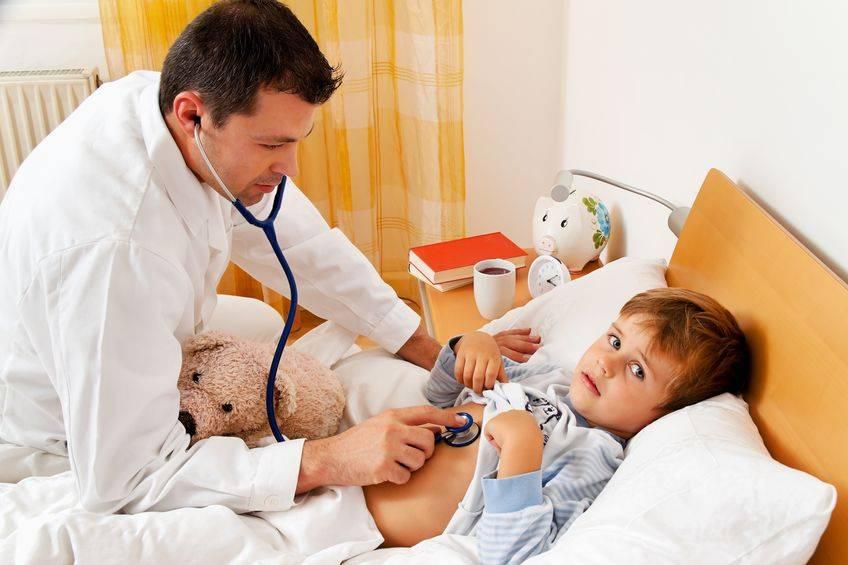
Therefore, in the early stage of the onset of pneumonia in children, timely treatment is related to the safety of the child’s life.
Since the initial symptoms of pneumonia in children are not significantly different from the common symptoms of upper respiratory tract infection, parents need to observe carefully and master some medical knowledge before they can detect abnormalities.
When a child has symptoms, should we be alert to whether he has pneumonia?
Symptom 1: Fever
When a virus or bacteria infects a child’s lungs, the body usually develops a fever in order to achieve the effect of self-immunity.
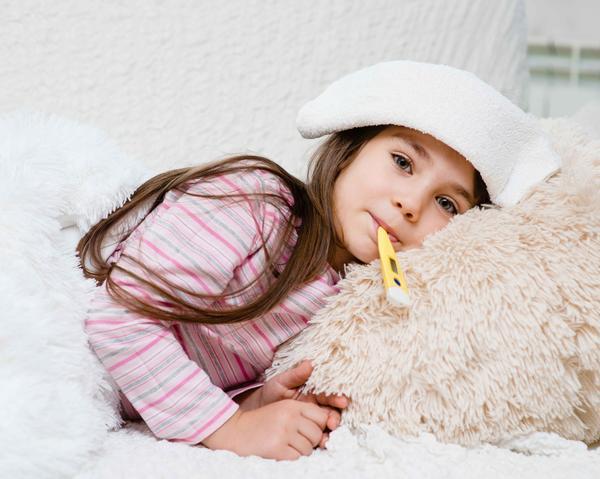
Generally speaking, a child with pneumonia will have a high body temperature, the fever will not subside for several days, and the mental state is not good, and the heartbeat is fast. Children with severe symptoms will also refuse to eat and be irritable.
Symptom 2: severe cough
Different from the cough of ordinary upper respiratory tract infection, the cough of children with pneumonia is generally more severe and more frequent.
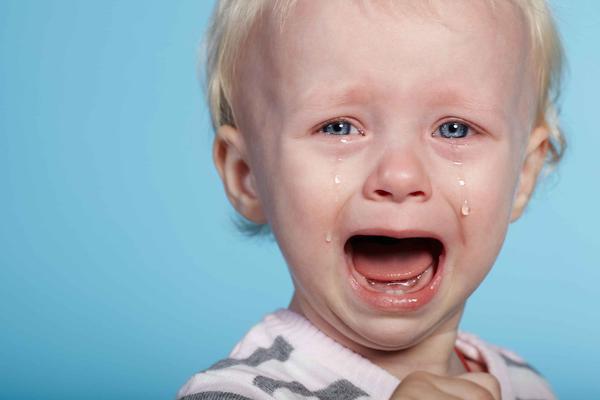
Usually presents as an irritating dry cough, then progresses with moist rales on lung auscultation.
Therefore, when the child’s cough symptoms are severe, parents should pay attention to it. Go to the hospital and ask a doctor to auscultate the child’s heart and lung conditions. Once pneumonia is found, it can be treated in time.
Symptom 3: abnormal breathing
Respiratory rate, which is the average number of breaths per minute of a healthy person in a calm state. Generally speaking, the normal breathing rate will have a general range, and children are no exception.
When pneumonia occurs, in addition to fever and cough, rapid respiratory rate is a very obvious and typical symptom.
This is because the respiratory system is damaged, which affects the exchange of oxygen in the lungs, and the human body has to speed up the breathing rate to compensate.
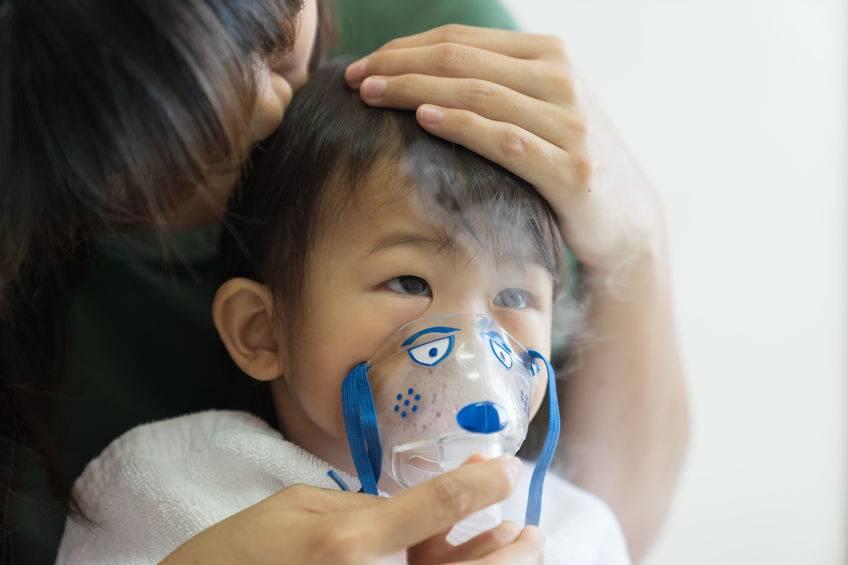
In addition, due to strenuous breathing, the child’s clavicle, sternum, and ribs are sunken with breathing. This phenomenon is called “three depressions” in medicine.
Therefore, parents can “count breaths” for their children when they are asleep. The method is to gently place a palm on the child’s stomach, and the belly will rise and fall to count one breath, and count how many times the child breathes in one minute. If the child’s respiratory rate exceeds 40 times per minute, please go to a regular hospital immediately to avoid delaying the treatment.
Symptom 4: Abnormal digestive system
Pneumonia in children can also lead to children not wanting to eat, diarrhea, vomiting, etc., especially when coughing violently while coughing and vomiting. The vomit of children with pneumonia is very special in color, showing coffee color. If left untreated, it can cause more serious consequences.
In addition, when a child suffers from pneumonia, the course of the disease progresses very rapidly, which may cause abnormalities in the nervous system, leading to coma, lethargy, and febrile convulsions.
These are reminding parents that the child’s condition may have developed to a certain extent and needs immediate medical treatment.
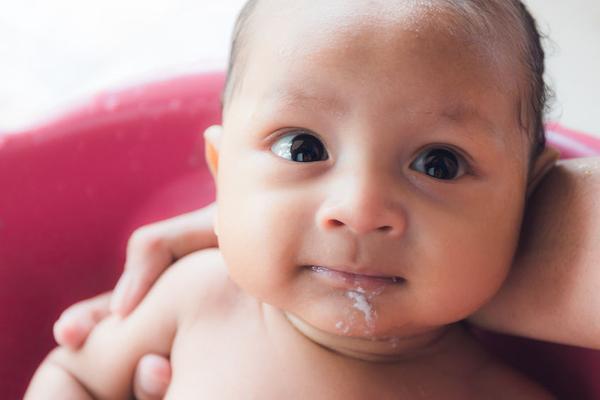
Doctors usually make a diagnosis by doing blood routine and X-ray imaging examinations for children.
Antibiotics are often used to treat pneumonia in children. Parents must cooperate with doctors to give children enough antibiotics to completely kill pathogenic bacteria, so as not to cause repeated illnesses or even produce drug-resistant bacteria.
To sum up, in the season of high incidence of pneumonia, parents should take good care of their children’s diet and daily life, guide them to do a good job in hand hygiene, and prevent the disease from entering through the mouth.
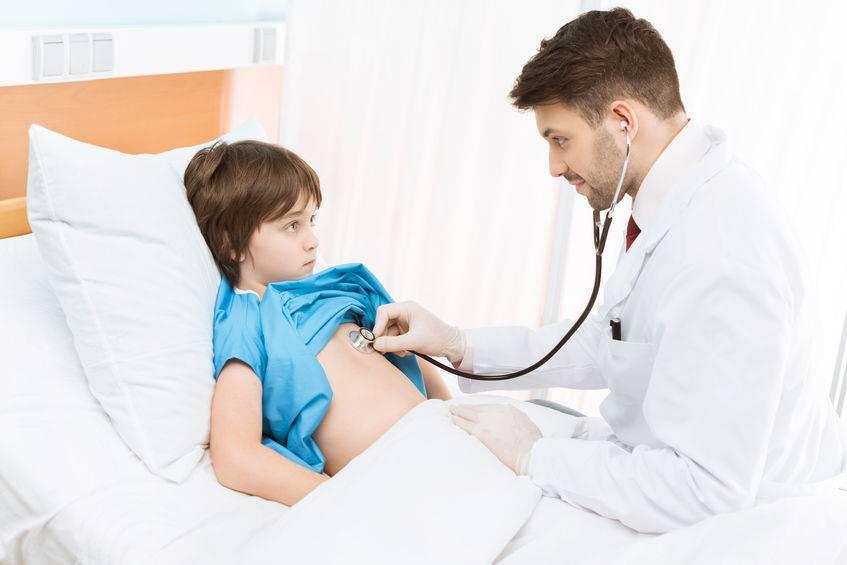
If your child suffers from an upper respiratory infection, pay close attention to the course of the disease and take the child to a doctor in time if you find signs of pneumonia.
The most fundamental way to prevent pneumonia is of course to strengthen daily nutrition, encourage children to exercise regularly, and have a healthy body to have strong immunity and resistance.
Read More www.growmorehealth.com
